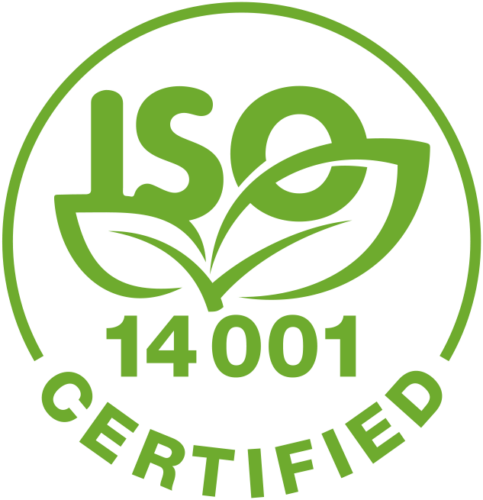
Manufacturers are driving new products to market every day that impact our lives in various ways. While these products aim to enhance our quality of life, they also influence the environment.
As more manufacturers develop sustainable products by simplifying parts, recycling, or refurbishment recyclability, they must also navigate environmental laws. The Environmental Protection Agency (EPA) sets and implements environmental legislation, funds and conducts research, and guards against serious health threats to people and the environment. The European Green Deal outlines how Europe may become the first continent to be climate neutral by 2050. Reaching this target means creating a clean, circular economy, restoring biodiversity, and cutting pollution.
Compliance regulations vary by region and industry. A U.S. medical company will differ from a European automotive company, yet both must ensure that they are globally compliant if they want to sell their products on international markets. The following regulations pertain to products that are manufactured, imported, or sold in the EU market.
According to the Dodd-Frank Act, businesses that export goods to the U.S. are required to file a comprehensive roll-up report on the conflict minerals status of their suppliers. The Conflict Minerals Reporting Template (CMRT), and the related statements and policies from each supplier, must be compiled into a single CMRT form because it is common for a single commodity to come from hundreds, if not thousands, of suppliers. The customer can comprehend high-risk suppliers in their supply chain thanks to this roll-up, which is an information exchange between a supplier and a customer.
It’s important to note that the rule does not prohibit conflict minerals from being used in products. Instead, the rule mandates that the reporting entity publicly disclose how the conflict minerals are used.
Conflict minerals are:
Common uses of these minerals/ores:
To improve an organization’s environmental performance, ISO 14001:2015 outlines the specifications for an environmental management system. An organization looking to manage its environmental responsibilities in a methodical way that supports the environmental pillar of sustainability is expected to apply ISO 14001:2015. The ISO standard helps organizations manage their environmental responsibilities in a systematic manner that contributes to the environmental pillar of sustainability.

An organization can use ISO 14001:2015 to assist in achieving the objectives of its environmental management system, which benefit the environment, the organization, and interested parties.The expected outcomes of an environmental management system consist of the following, by the organization’s environmental policy:
ISO 14001 helps organizations:
Sustainable Innovation Drives Business Growth and Helps Meet Demand
Global Environmental Initiatives
Business and Environmental Benefits of the Circular Economy
Transforming Product Design for Circular Economy
Environmental Compliance in the U.S. and Europe
Cloud PLM as a Long-Term Green Business Strategy
Building More Sustainability Into Product Development with Arena PLM